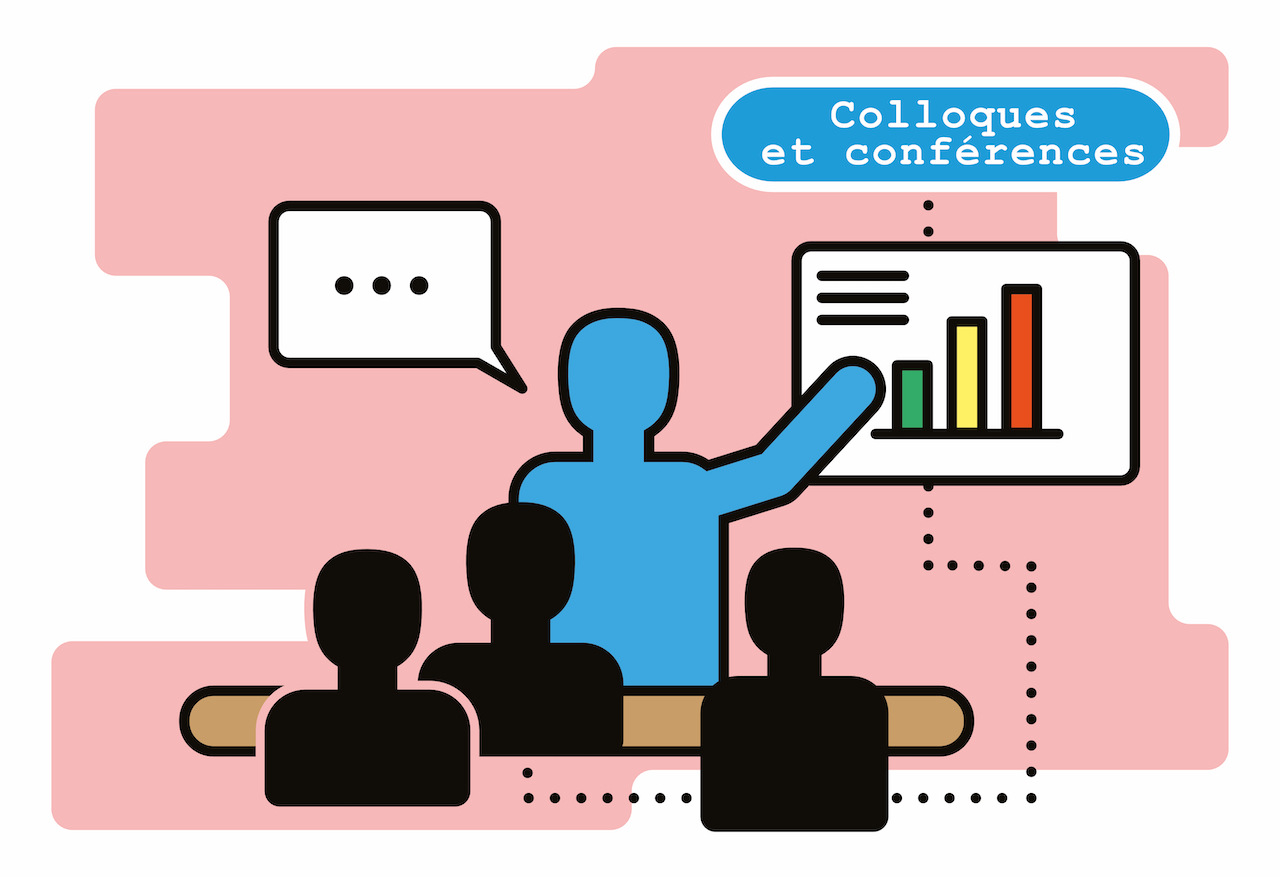Fiche du document
2005
- ISIDORE Id: 10670/1.0c179e...
- halshs: halshs-00264540
info:eu-repo/semantics/OpenAccess
Mots-clés
Acquisition Architectural Design Documentation ManagementSujets proches
Acquisition (linguistique)Citer ce document
Emmanuel Alby et al., « Analogy between the architectural design process and the documentation of architectural works », HAL SHS (Sciences de l’Homme et de la Société), ID : 10670/1.0c179e...
Métriques
Partage / Export
Résumé
Notre objectif initial est d'établir une méthodologie d'acquisition 3D pour la documentation d'ouvrages architecturaux. Pour atteindre notre but, il est essentiel de tenir compte de la diversité des sources d'informations relatives aux bâtiments. Les donnéesdimensionnelles ne permettent pas la construction de modèle géométrique complet. En outre, la modélisation architecturale ne peut pas se résumer à la géométrie. Cependant, la combinaison de l'acquisition avec la gestion de différents types de données a un potentiel élevé pour produire la documentation d'ouvrage bâtis. Pour envisager la gestion efficace de différentes sources de données,nous nous concentrons sur le savoir-faire architectural. Ainsi, nous étudions l'intégration des données en fonction de niveaux dedétail croissants. Au début du processus de conception architecturale, peu d'éléments sont fixées, mais la disposition du bâtiment et de sa forme générale est déjà définie. Nous avons une représentation globale mais pas très détaillée. La complexité du projet augmente d'étapes en étape. Pendant le processus de documentation, la quantité d'information augmente selon un principe semblable : de la compréhension globale jusqu'à l'acquisition des détails en passant par l'analyse détaillée des éléments. La structuration de l'information liée à un ouvrage bâti en fonction de niveaux croissants de détail offre plusieurs avantages. La division de l'intégration de données en étapes identifiées peut induire une méthodologie d'acquisition. En outre, la combinaison des données 3D avec d'autre type d'information dans une interface simple permet une rationalisation de l'étape de modélisation du bâtiment. L'approche de la modélisation par enrichissement d'un modèle simple donne la possibilité de contrôler efficacement la complémentation liée aux niveaux croissants de détail. Notre proposition est ainsi basée sur la comparaison des principes deconception architecturale avec la méthode de modélisation de bâtiment, pour obtenir un modèle aussi complet que possible mais aussi conforme au procédé de construction.
